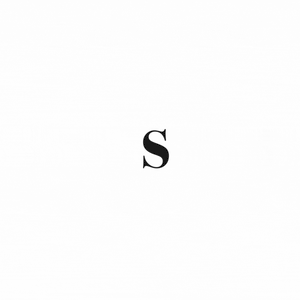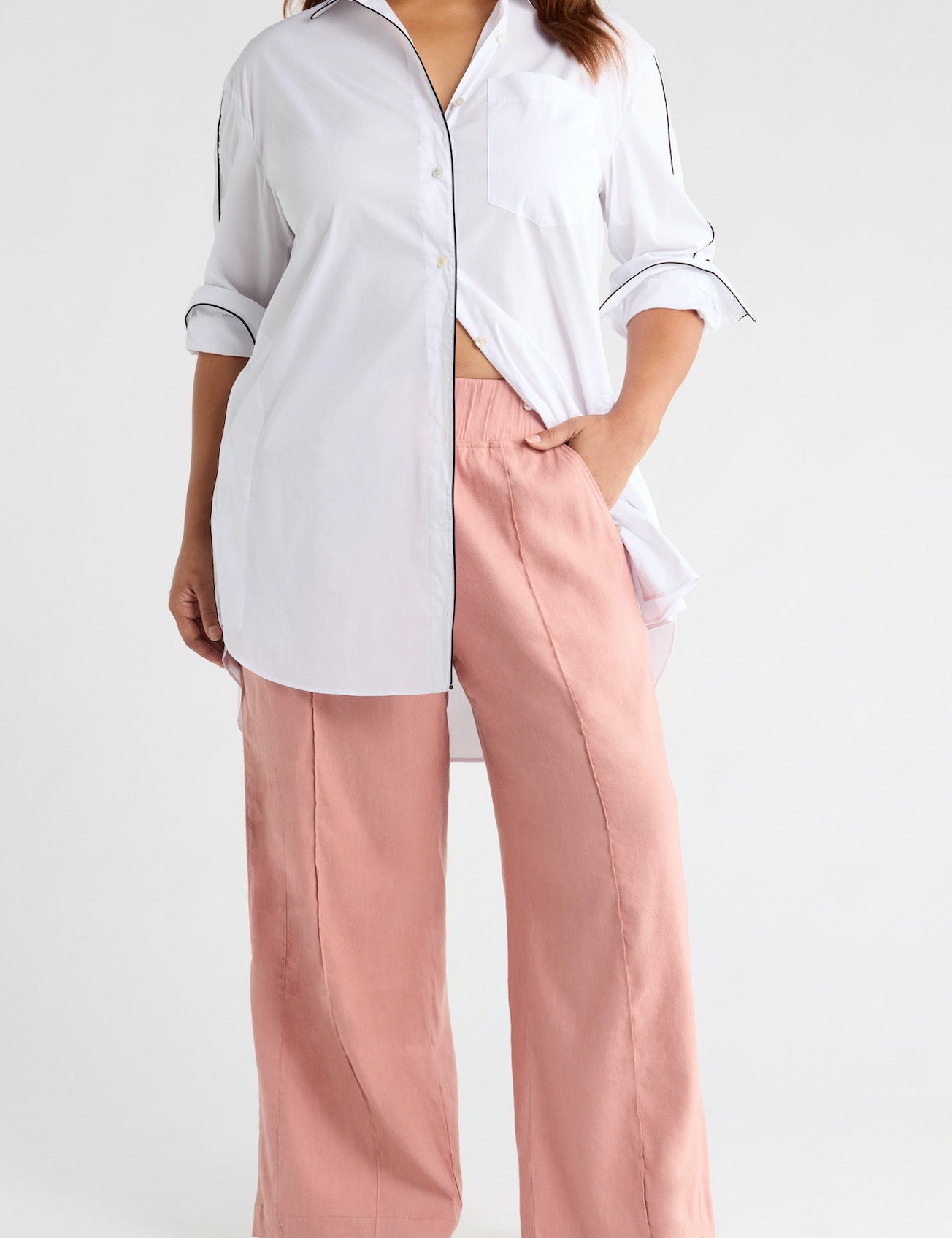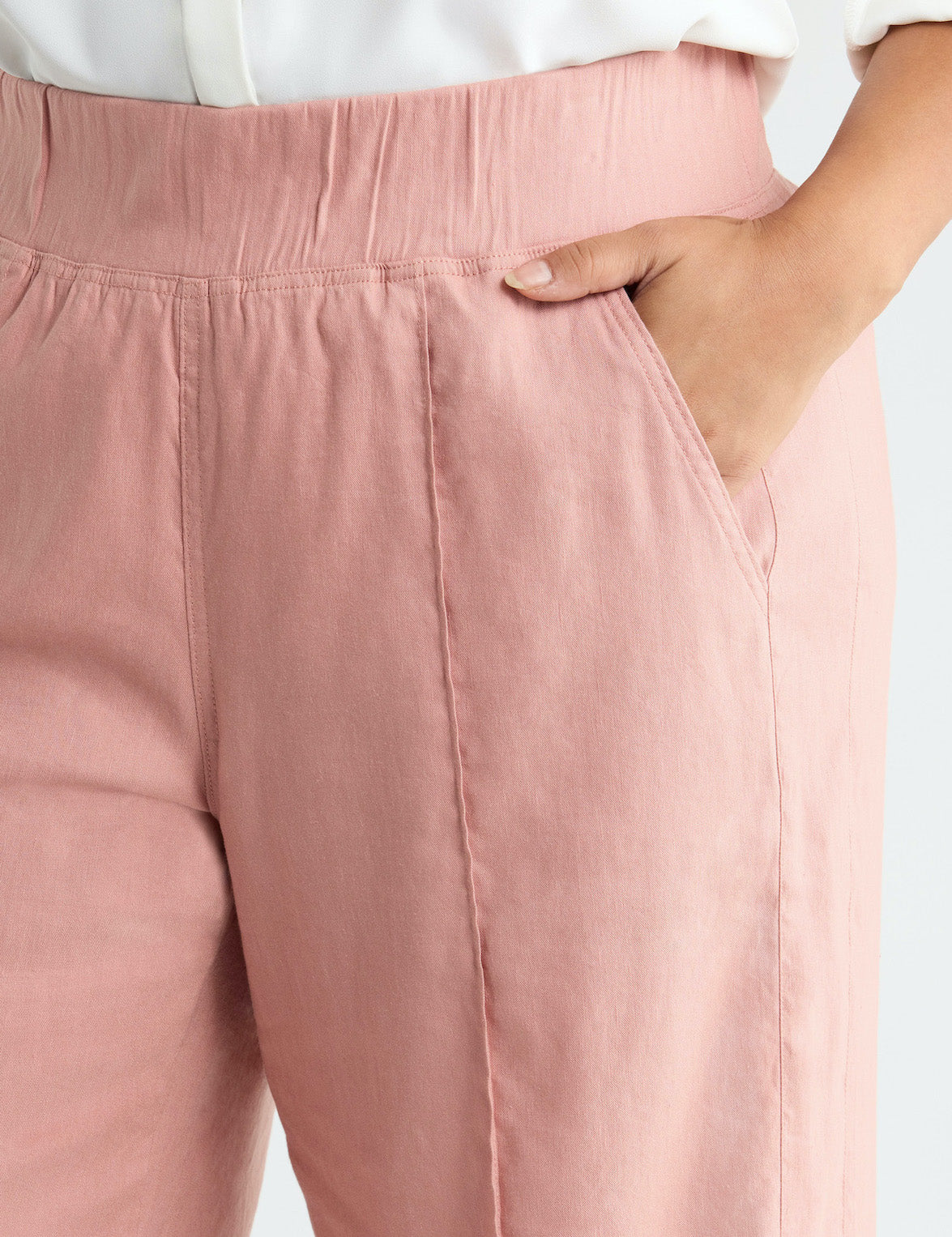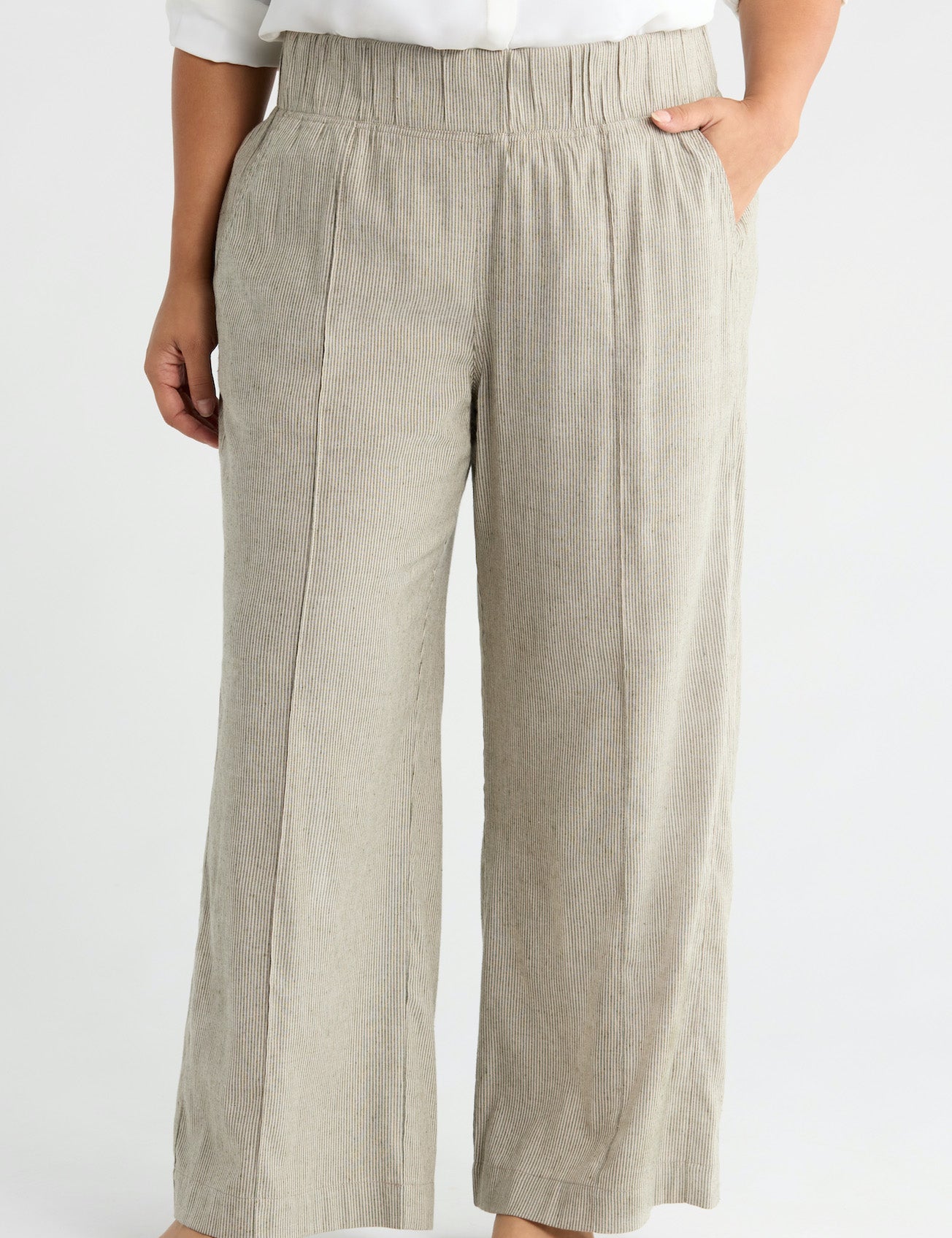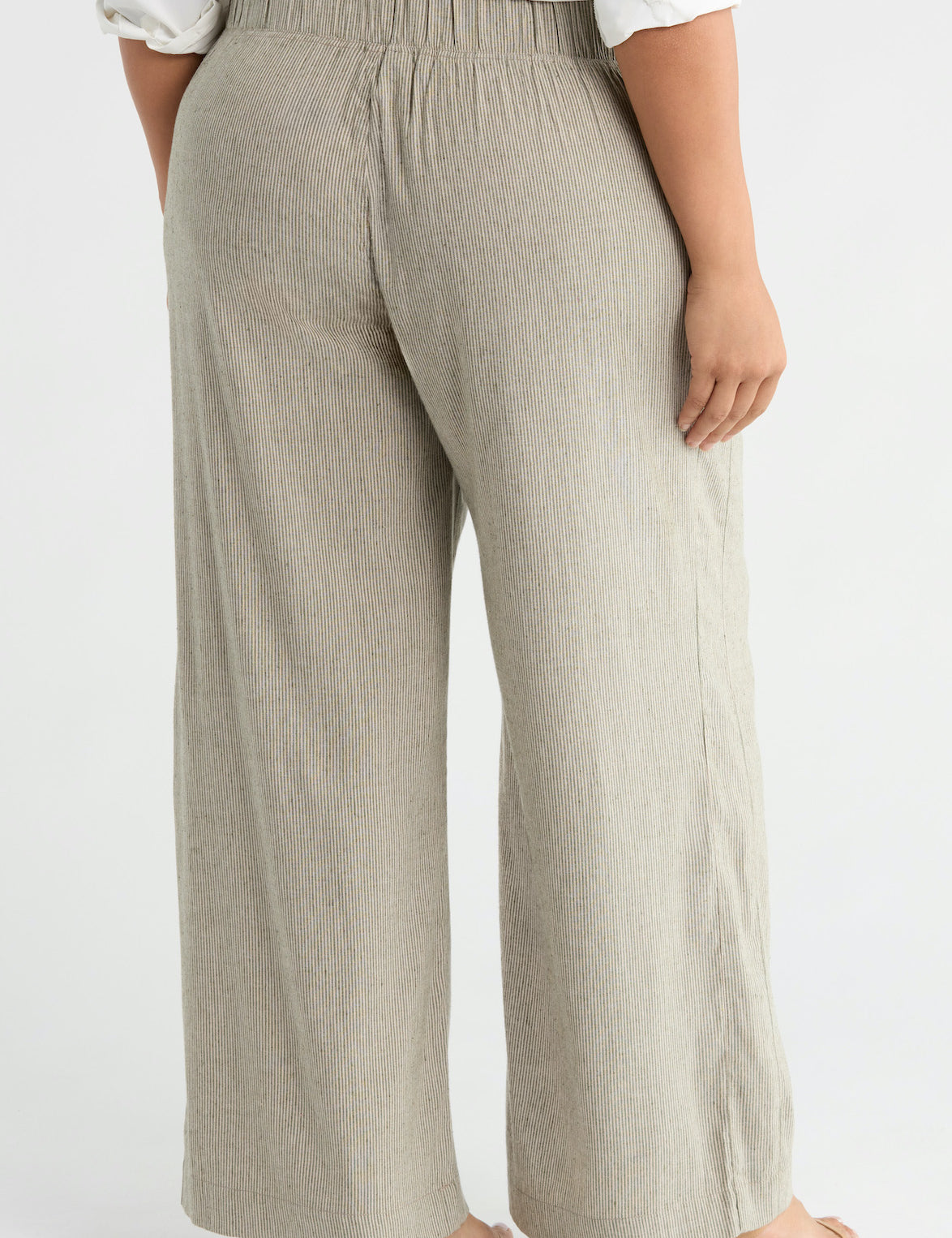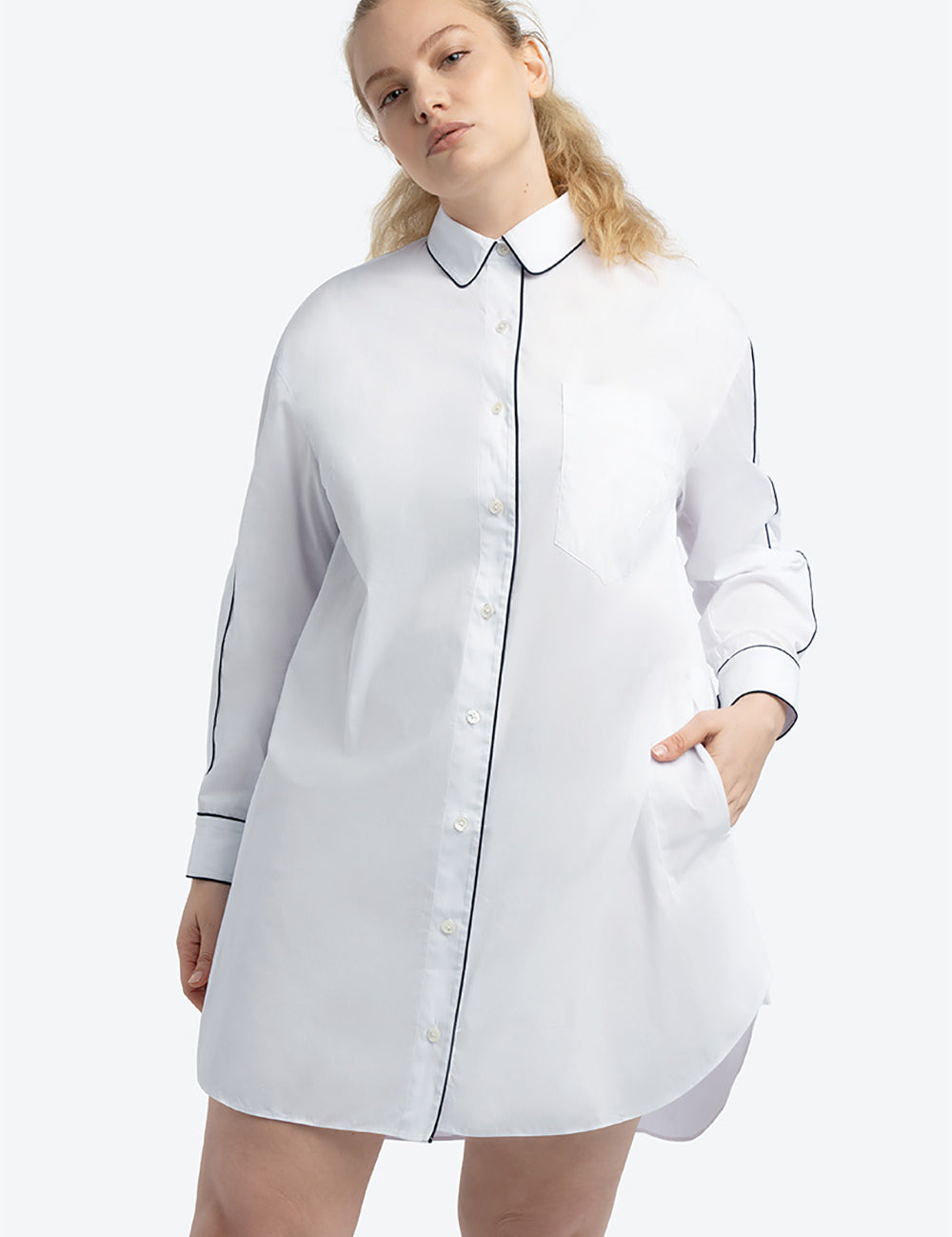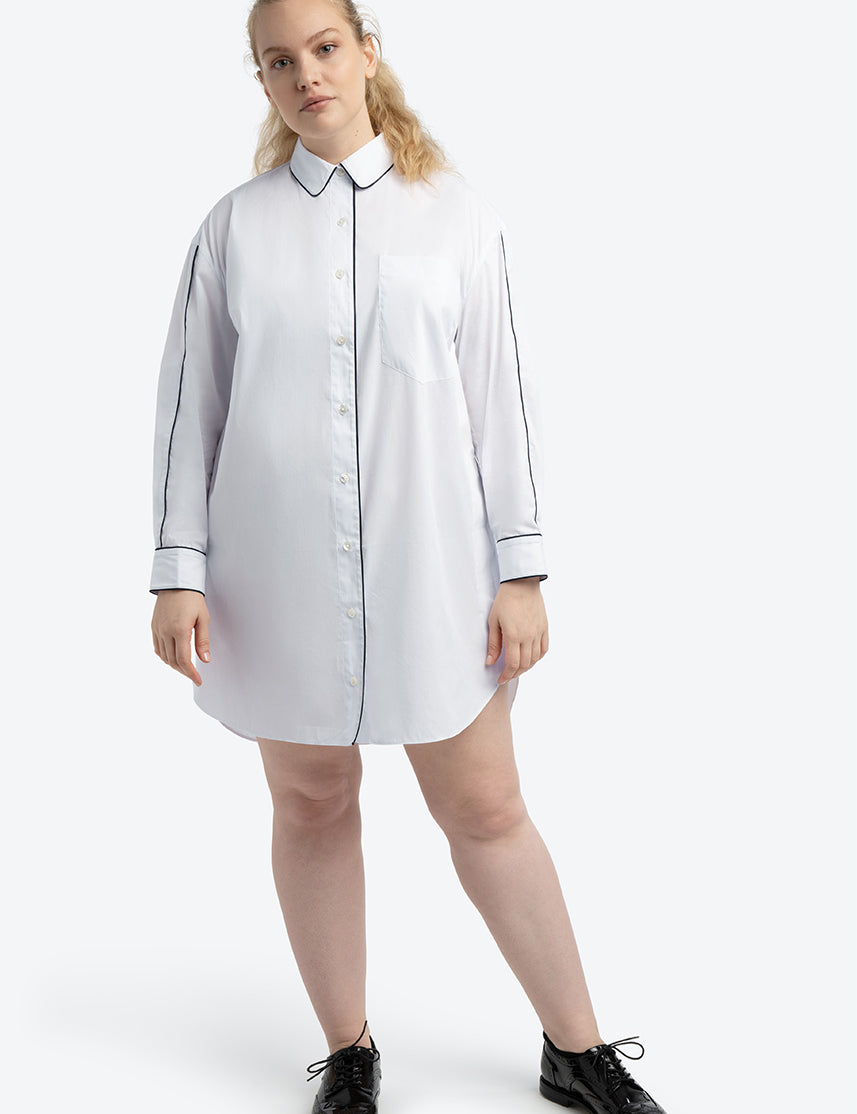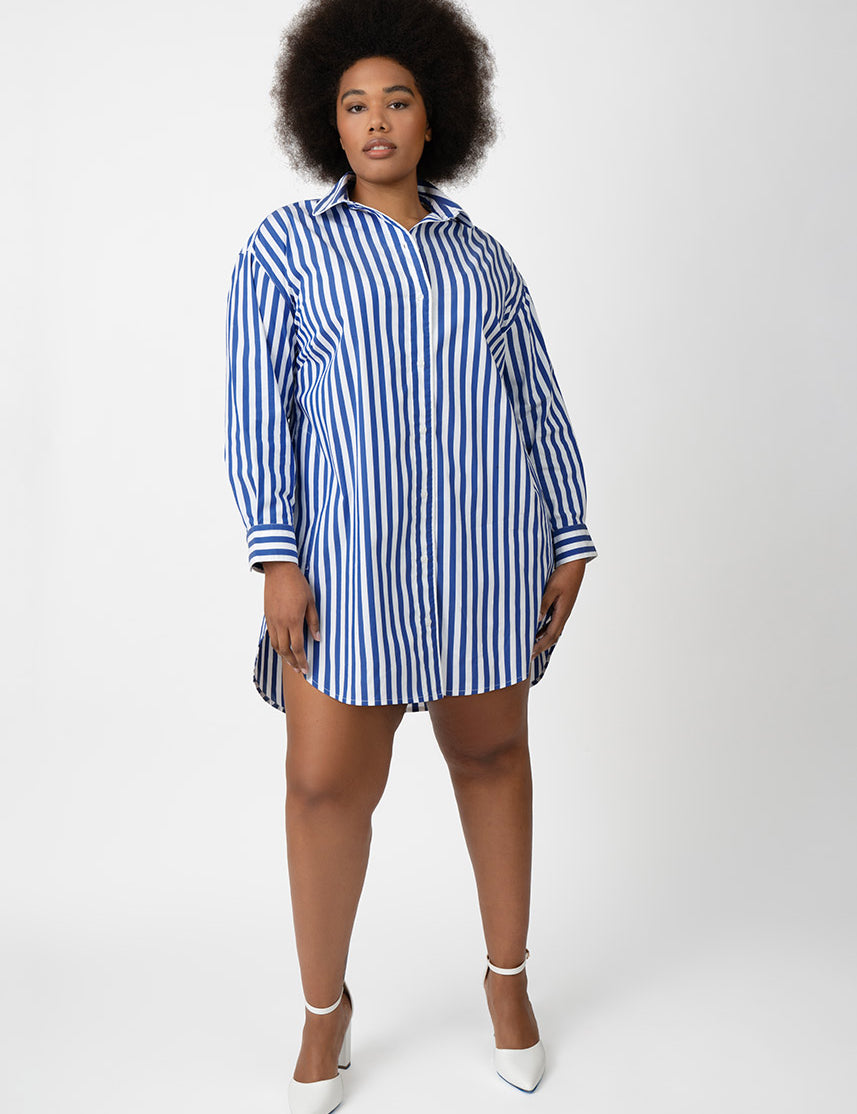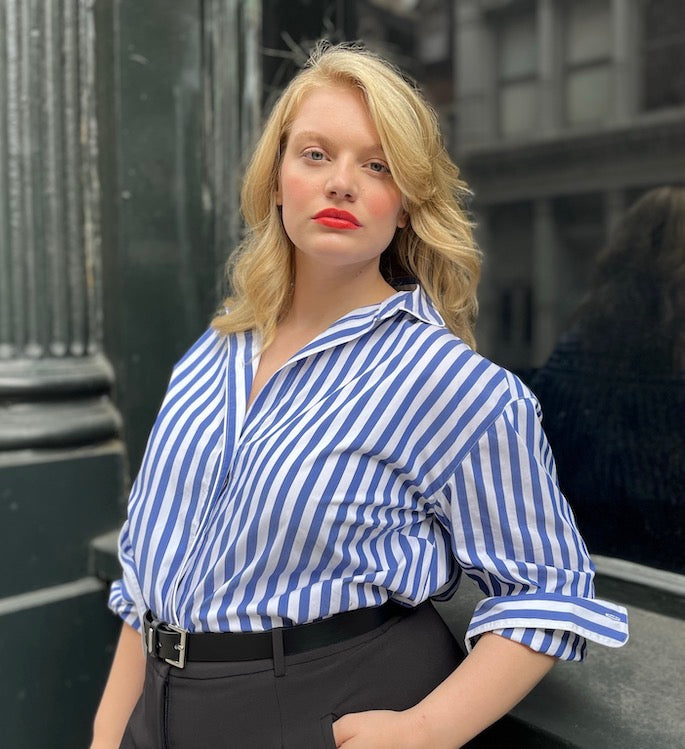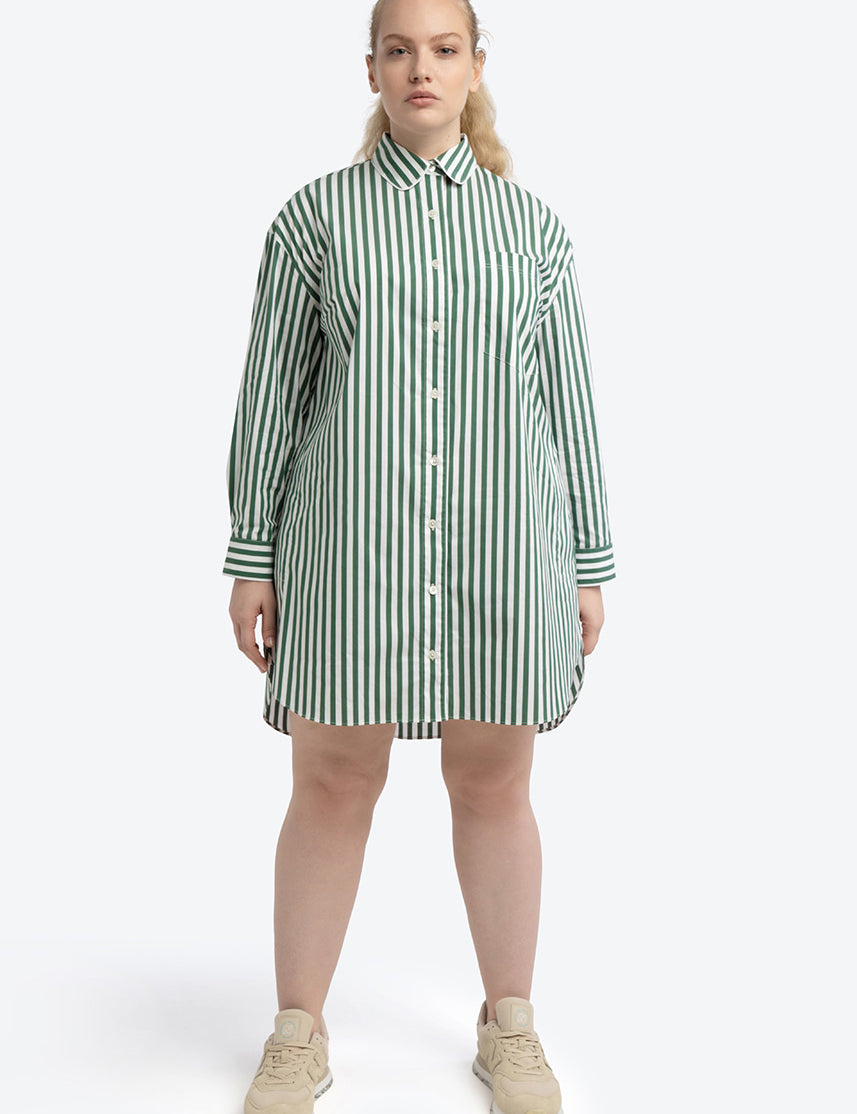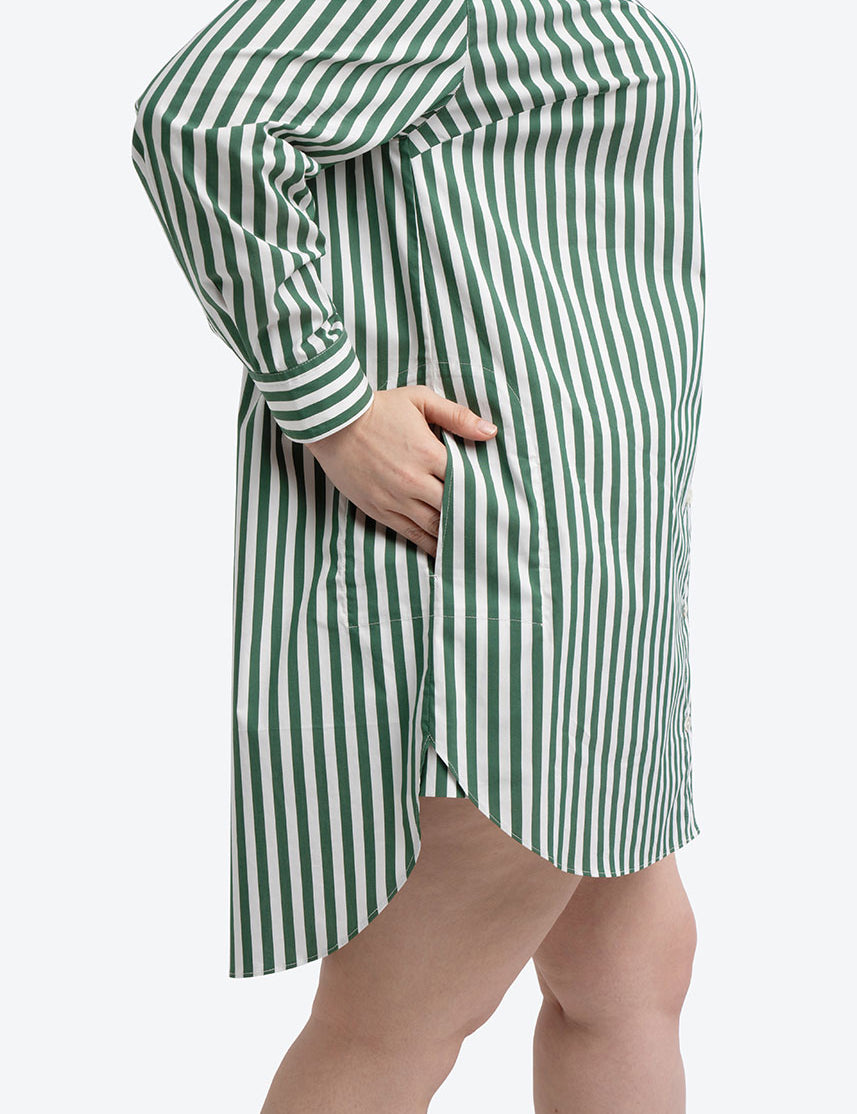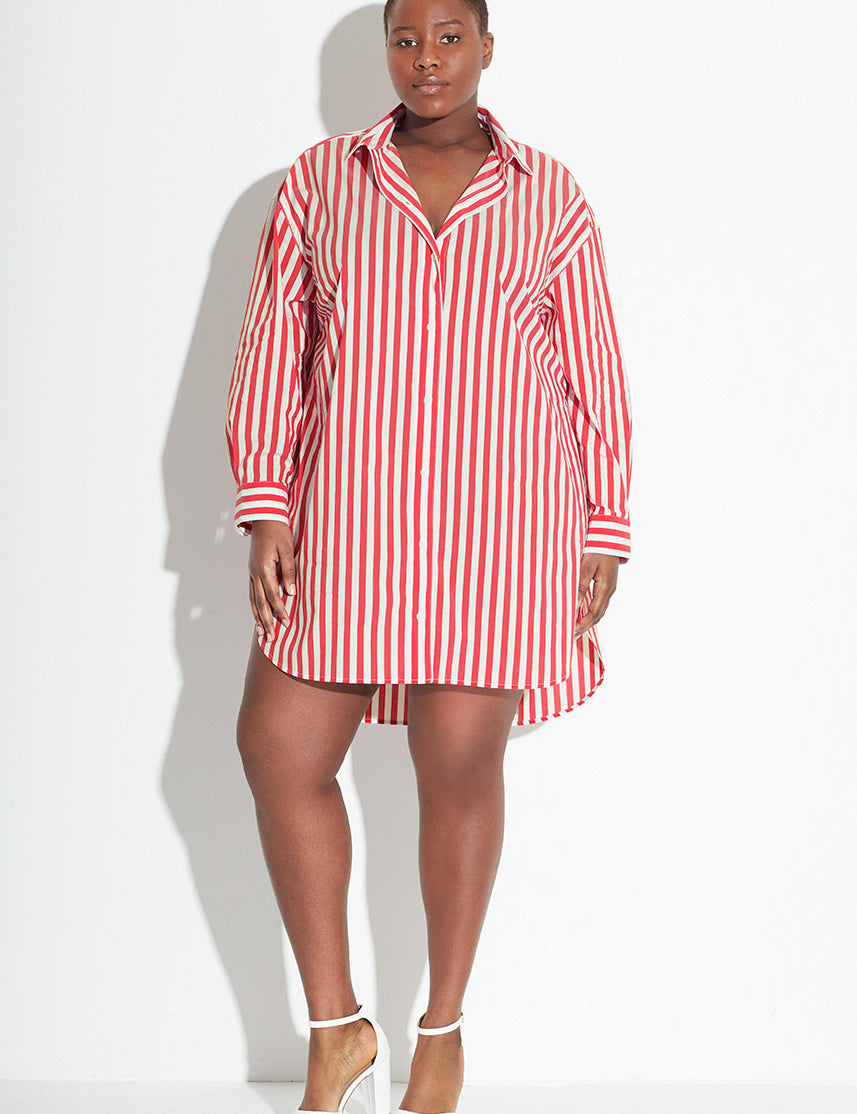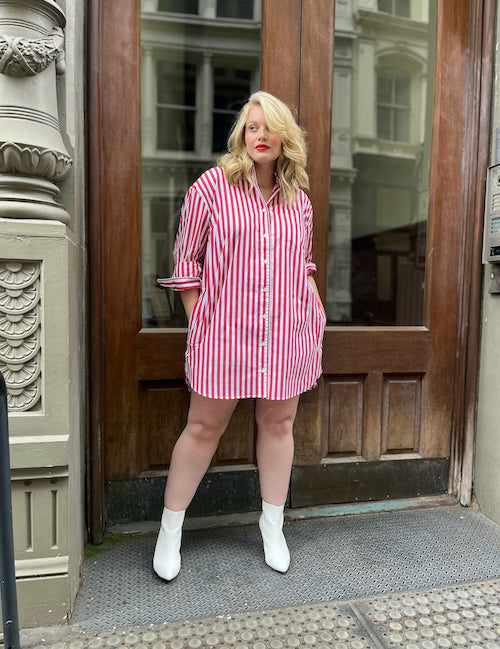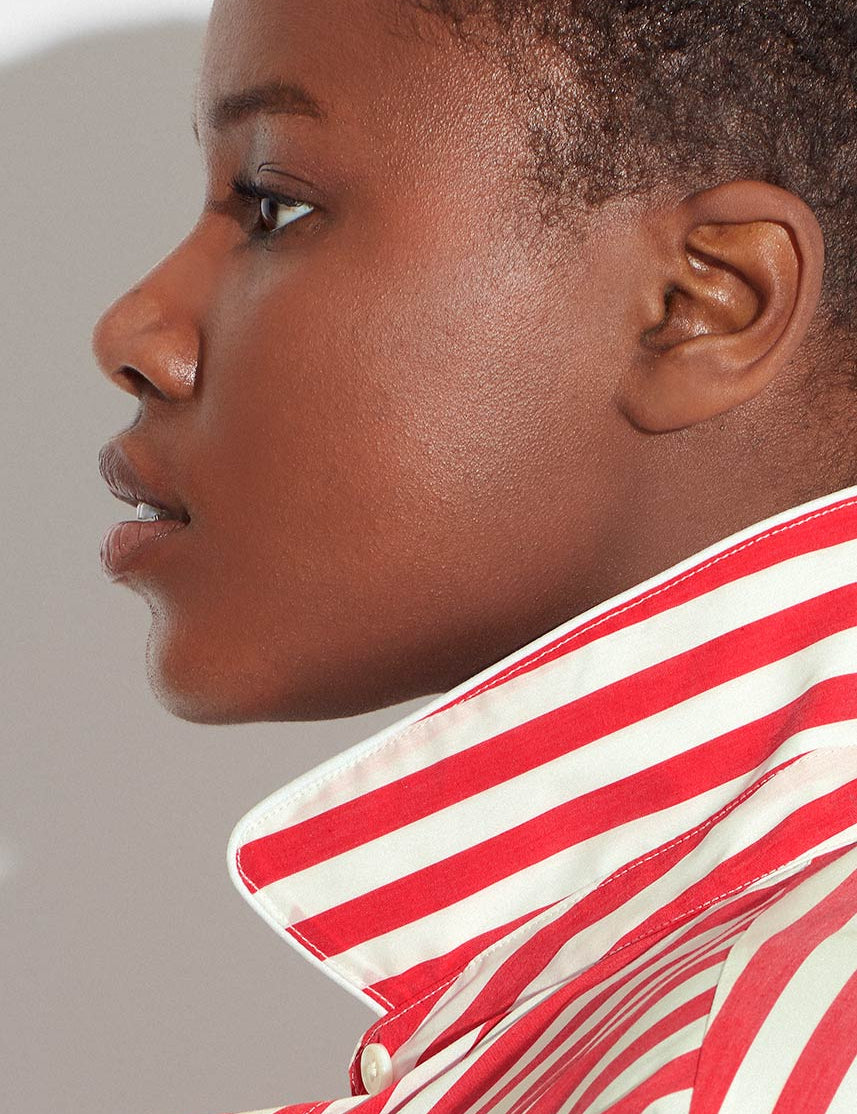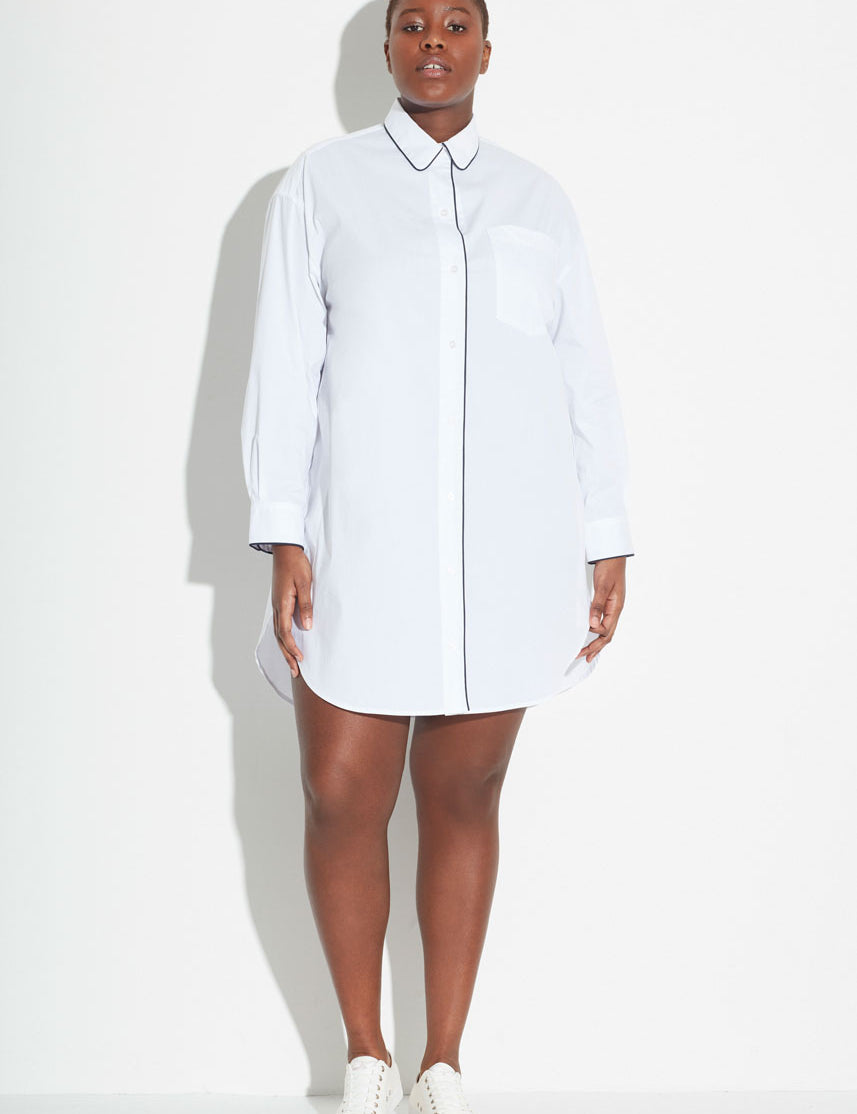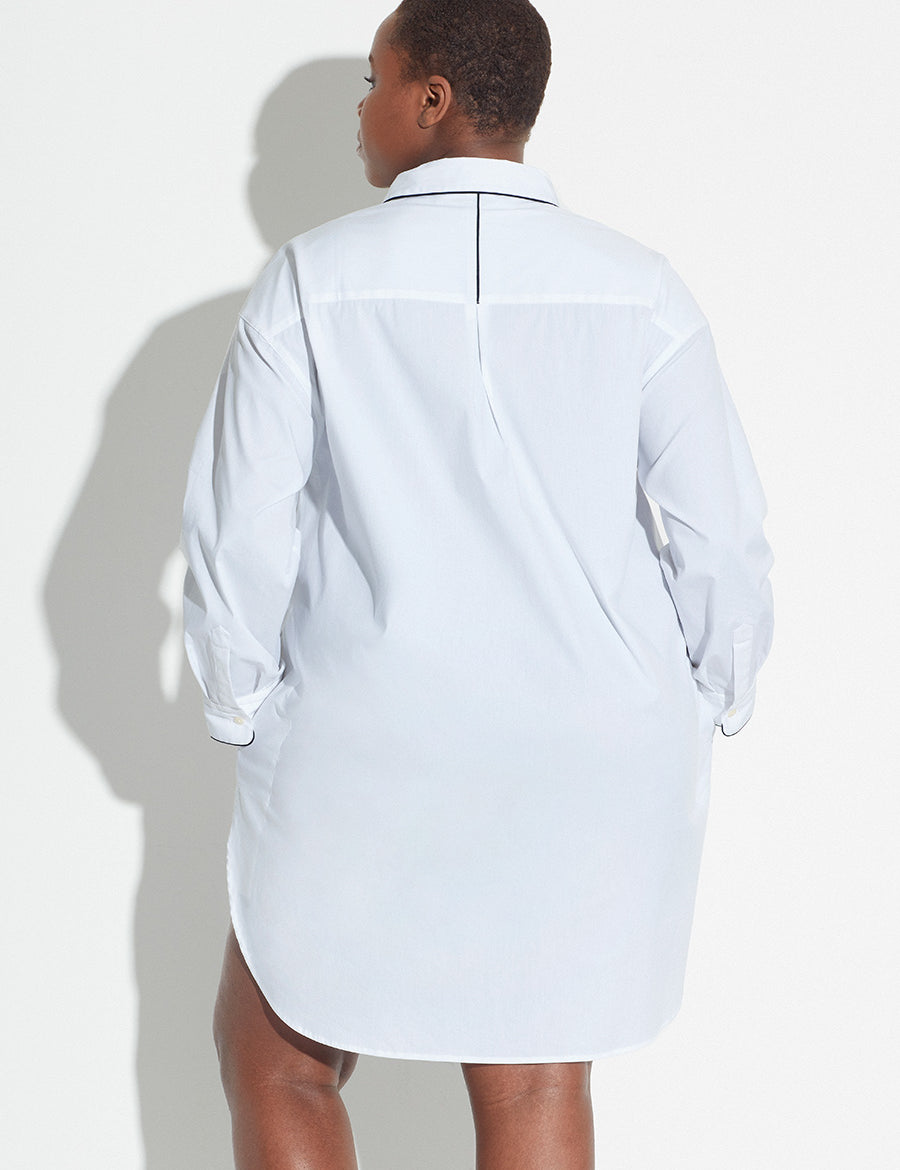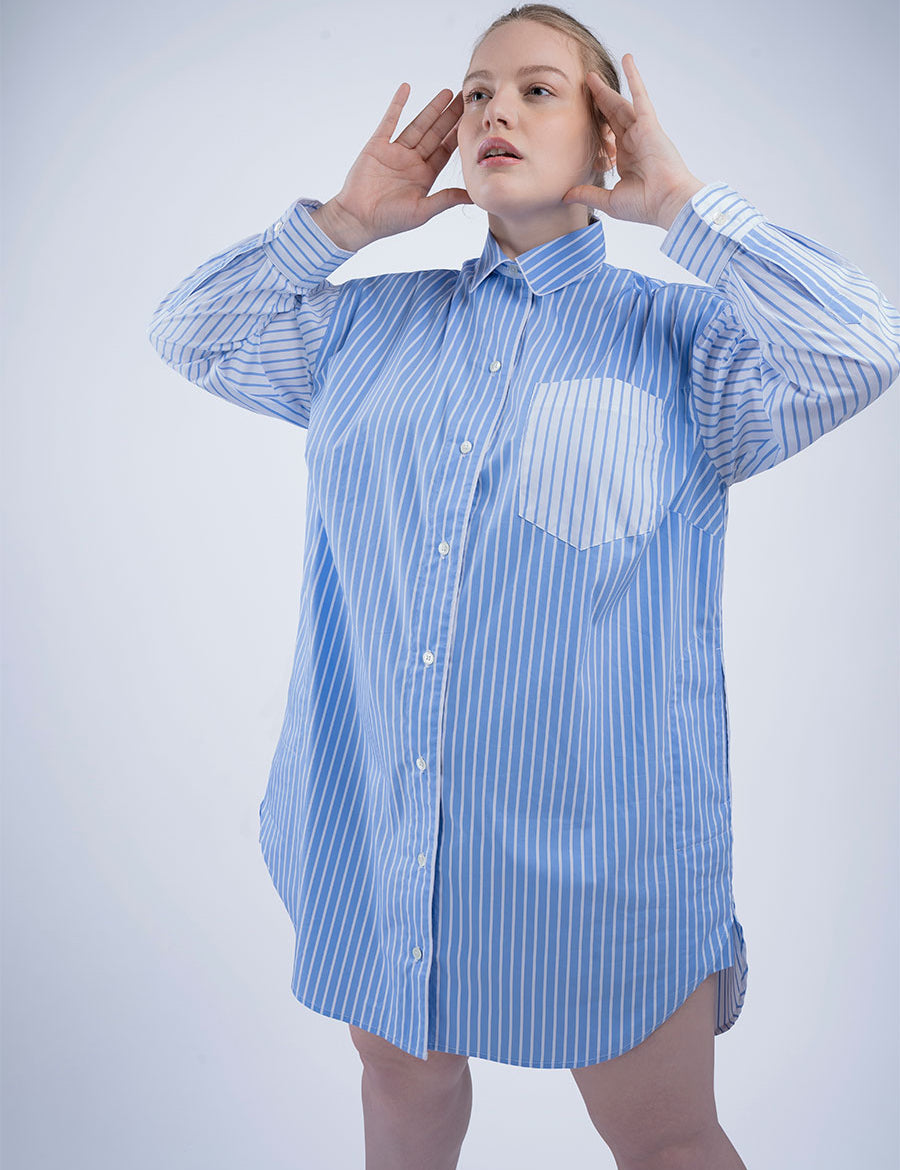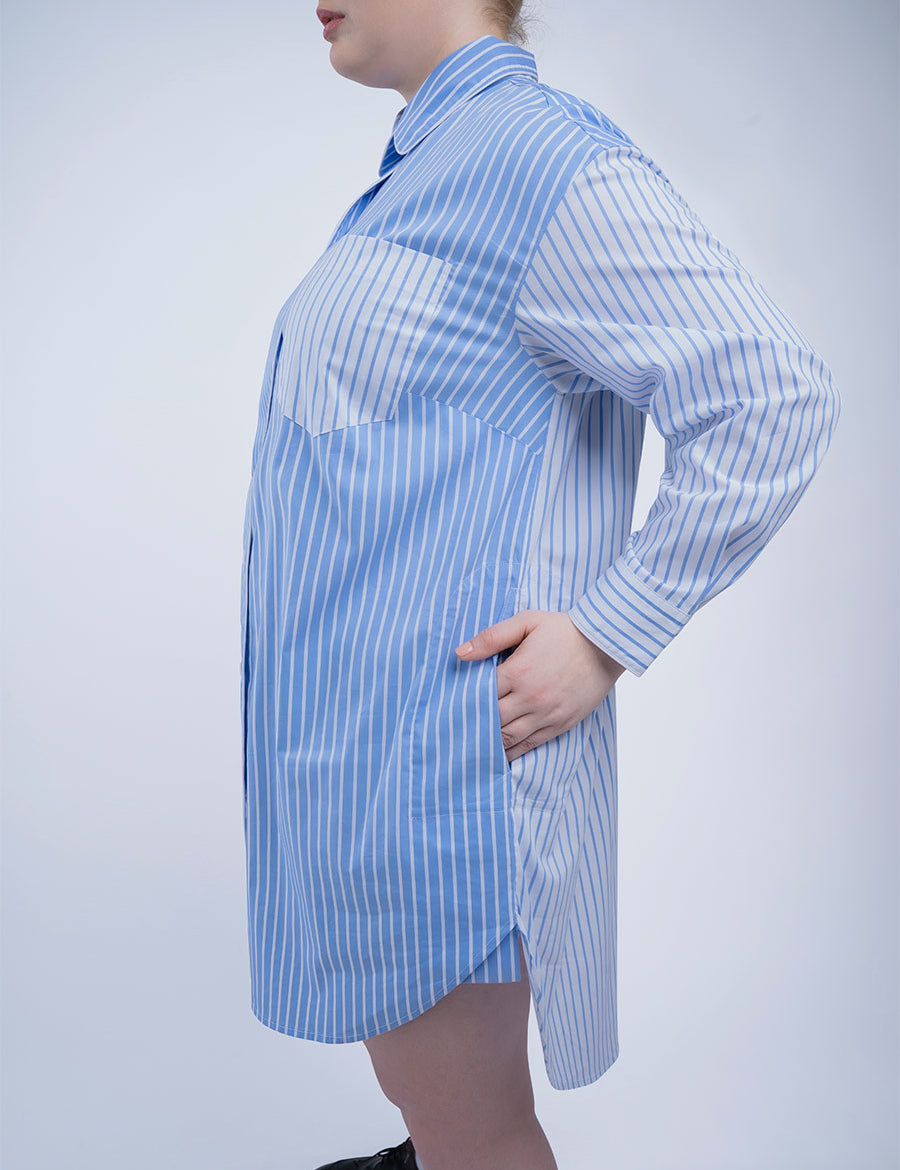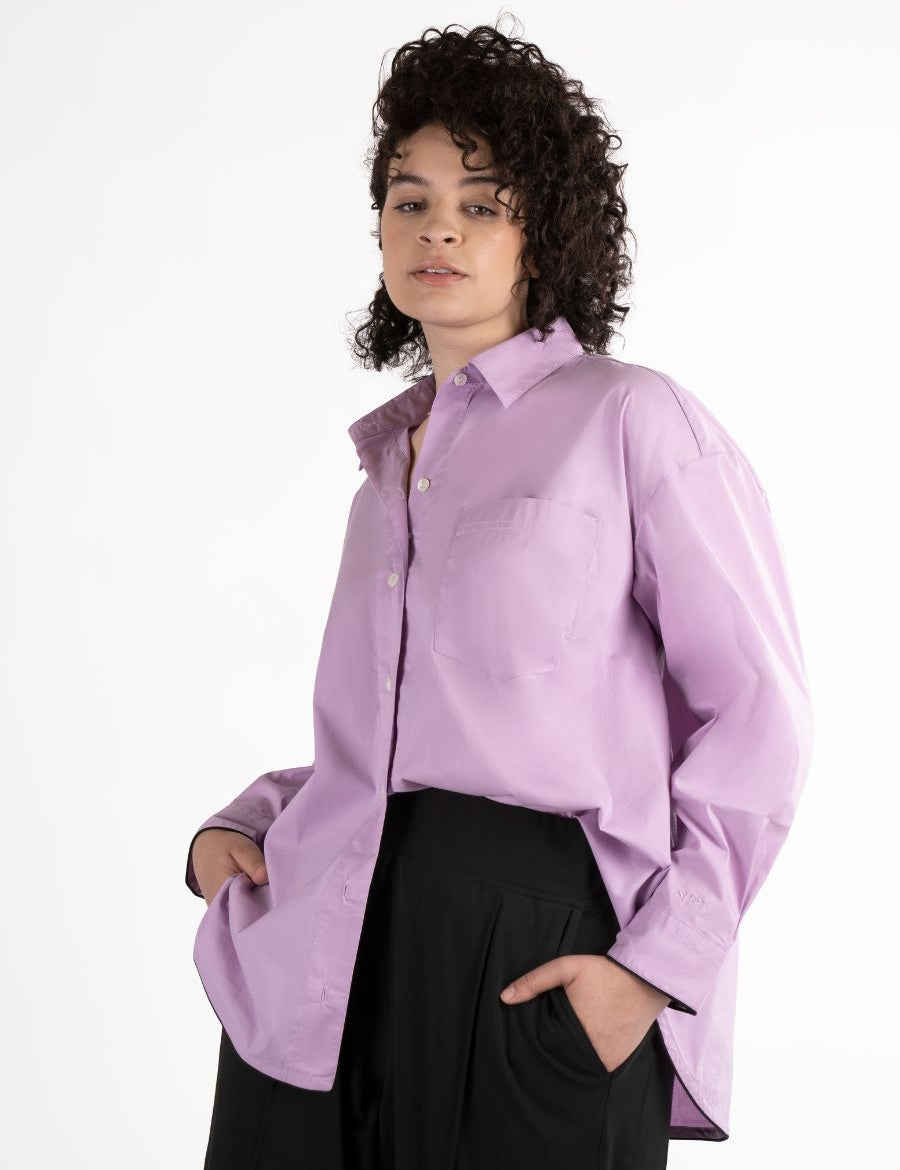The Unraveling of Slow Fashion: Why Indie Brands Are Closing at a Higher Rate in 2025
By Erin Cavanaugh, Founder of See ROSE Go
In 2025, we’re facing a distressing truth: the slow fashion movement — one built on care, sustainability, and intention — is at risk. Independent brands that once embodied the spirit of a more ethical fashion future, including Mara Hoffman, Vampire’s Wife, and Mile One, have been forced to close their doors.
Even as consumer appreciation for sustainability has grown, the brands leading the charge are struggling to survive. At the heart of this paradox lies a painful reality: the very ethos that makes slow fashion meaningful — its commitment to quality over quantity — also makes it more vulnerable in today’s volatile economic environment.
As the founder of See ROSE Go, a brand rooted in the philosophy of slow fashion, I’ve witnessed firsthand how shifts in the global market, consumer behavior, and rising tariff uncertainty are compounding challenges for indie brands, particularly those serving underserved segments like plus size fashion. It’s a critical moment to reflect on why this is happening — and how we adapt.
The Philosophy of Slow Fashion
Slow fashion isn’t just a product category; it’s a mindset. It champions the creation of high-quality, timeless pieces designed to outlast trends, emphasizing sustainability, ethical production, and environmental responsibility.
Unlike fast fashion, which depends on a cycle of disposability, slow fashion invites consumers to buy less, but buy better — valuing the story, the craftsmanship, and the impact behind every piece.
At See ROSE Go, we've always believed that fashion can be a force for good, celebrating intentional design that uplifts the wearer and the maker alike.
Key Principles of Slow Fashion
-
Quality Over Quantity: Garments are made to last, disrupting the cycle of constant purchasing.
-
Timeless Design: Pieces are crafted to remain relevant across seasons and years, not just weeks.
-
Ethical Production: A fair, transparent supply chain that respects the dignity of every worker.
-
Environmental Sustainability: Using sustainable materials, reducing waste, and prioritizing lower-carbon production methods.
These values have built a loyal, deeply invested community of consumers — but they also introduce challenges when market conditions turn volatile.
The Paradox of Customer Loyalty
Slow fashion creates fiercely loyal customers. Yet the very success of making "forever pieces" leads to reduced purchase frequency.
When your pieces are built to last, customers don't need to replenish often. For indie brands, especially those with limited marketing budgets, this loyalty ironically restricts cash flow — just as operational costs are increasing.
The result? Brands must constantly seek new customers to grow, a daunting task amid mounting economic pressure.
2025's Economic Pressures: Inflation, Tariffs, and Cautious Consumers
The economic headwinds we face today are heavier than they were even a year ago.
-
Inflation has driven up the cost of everything — from raw materials to shipping — making it harder for slow fashion brands to maintain accessible pricing while preserving quality.
-
Tariff uncertainty adds yet another layer of unpredictability. As global trade negotiations continue to fluctuate, sourcing sustainable materials or manufacturing ethically overseas becomes riskier and more expensive. For plus-size fashion brands like See ROSE Go, this is especially impactful. Inclusive sizing demands more fabric and higher development costs to achieve perfect fit and drape — now compounded by rising import duties on materials or finished goods.
-
Consumer caution is at an all-time high. Even values-driven shoppers are delaying discretionary purchases, carefully weighing where their dollars go.
These factors create a perfect storm for indie slow fashion brands. A market that once looked promising is now a battlefield for survival.
The Challenge of Growth in a Crowded, Price-Sensitive Market
Beyond economic turbulence, indie brands face structural challenges:
-
Higher price points deter more cautious consumers, even those who deeply believe in the mission of slow fashion.
-
Market saturation makes it harder for any one brand to break through the noise.
-
Limited marketing budgets mean it’s tough to compete with bigger brands embracing “greenwashing” campaigns that mimic slow fashion’s values — without the true commitment.
For plus-size fashion specifically, there's an added burden: offering true style, fit, and function for an often-overlooked customer takes even greater precision and cost investment. When financial pressures hit, these niche categories are often the first to feel the squeeze.
Navigating the Future: A New Blueprint for Slow Fashion Brands
Despite the headwinds, I remain optimistic. We are not powerless.
At See ROSE Go, and across the slow fashion community, we’re reimagining how to thrive — by adapting without compromising our values.
Here’s what will set brands apart in 2025 and beyond:
1. Deepening Community, Not Just Transaction
It’s not about driving more purchases — it’s about nurturing deeper relationships. Offering styling services, product care guidance, exclusive events, and real dialogue with our customers strengthens loyalty and advocacy.
2. Broadening Product Offerings Thoughtfully
Expanding into adjacent categories like accessories or home goods allows brands to create new revenue without diluting their brand promise. These lower-barrier purchases can invite new customers into the brand.
3. Smarter, Leaner Growth Models
On-demand production, limited capsule collections, or pre-orders can help brands manage inventory risks while keeping exclusivity high.
4. Elevating Consumer Education
Through storytelling, we must continue to teach — not preach — about why slow fashion matters. Consumers empowered with knowledge make more intentional choices.
5. Strategic Collaborations
Joining forces with mission-aligned brands, creators, and organizations can help indie brands amplify their message and pool resources.
A Personal Reflection: Why This Matters
As the founder of a brand rooted in intentionality, I believe slow fashion must not retreat — it must evolve.
There is something quietly radical about choosing quality over excess, timelessness over trend, care over exploitation. In a world increasingly defined by speed and disposability, slow fashion is an act of hope.
Yes, 2025 is a tough year for indie brands. But it is also a clarifying one. We have the opportunity to build businesses that not only survive but endure — not by chasing volume, but by deepening meaning.
At See ROSE Go, we will continue to champion anti-trend style, fit innovation, and the celebration of every woman exactly as she is.
The future belongs to brands that understand: it’s not just about making clothes. It’s about making change.
